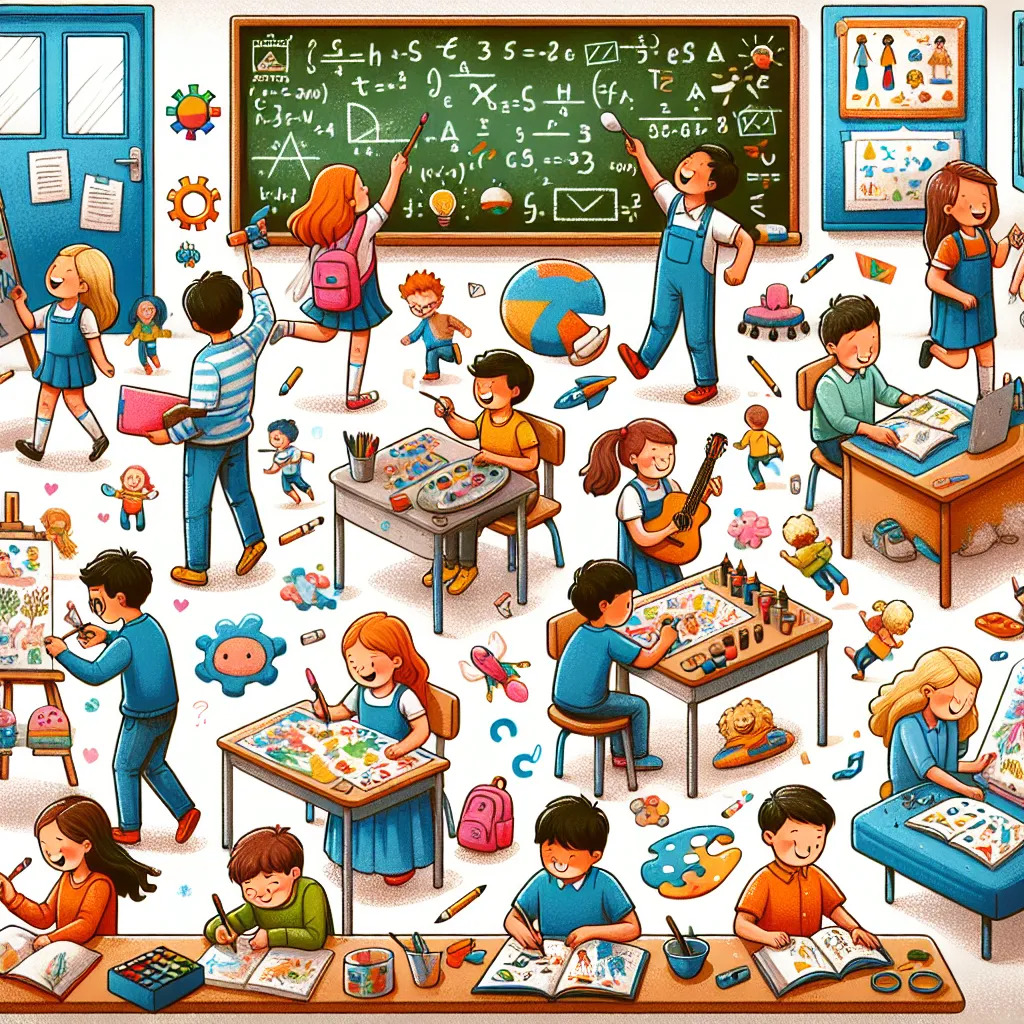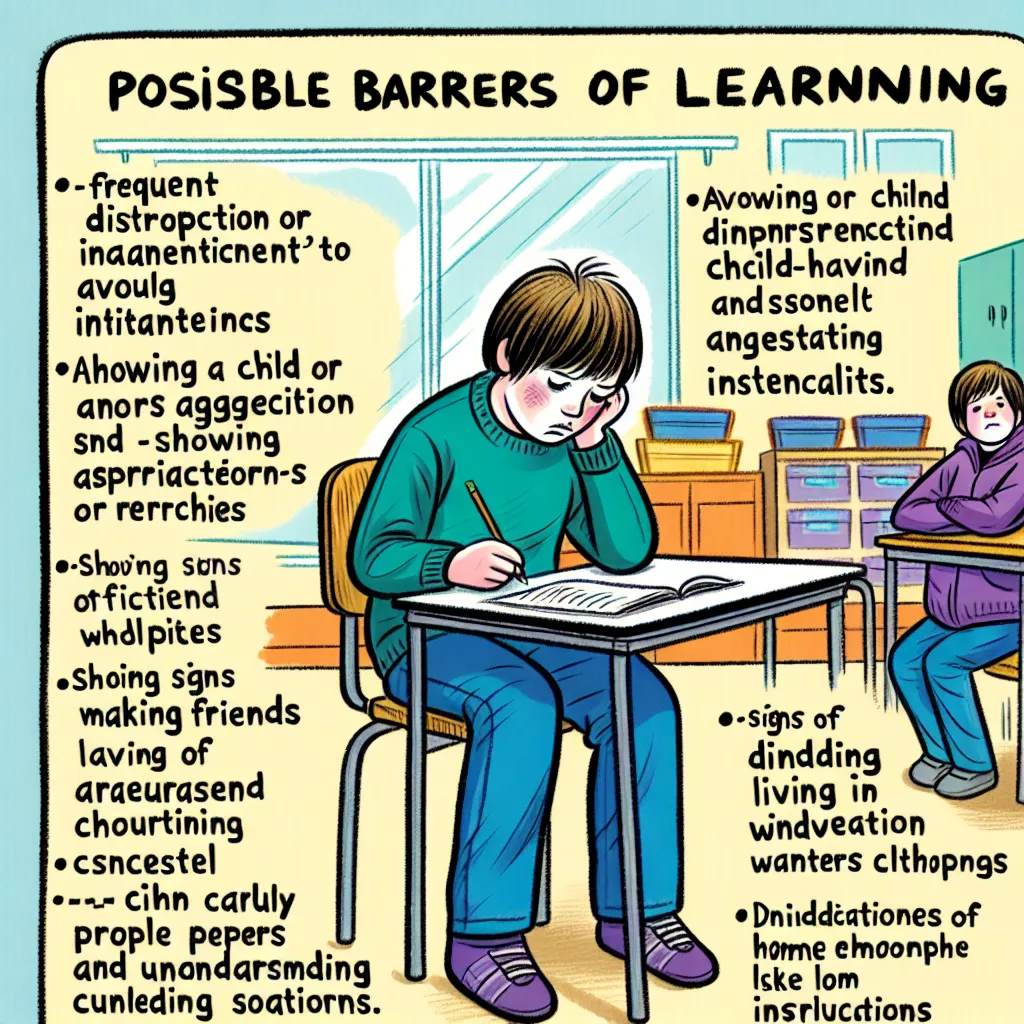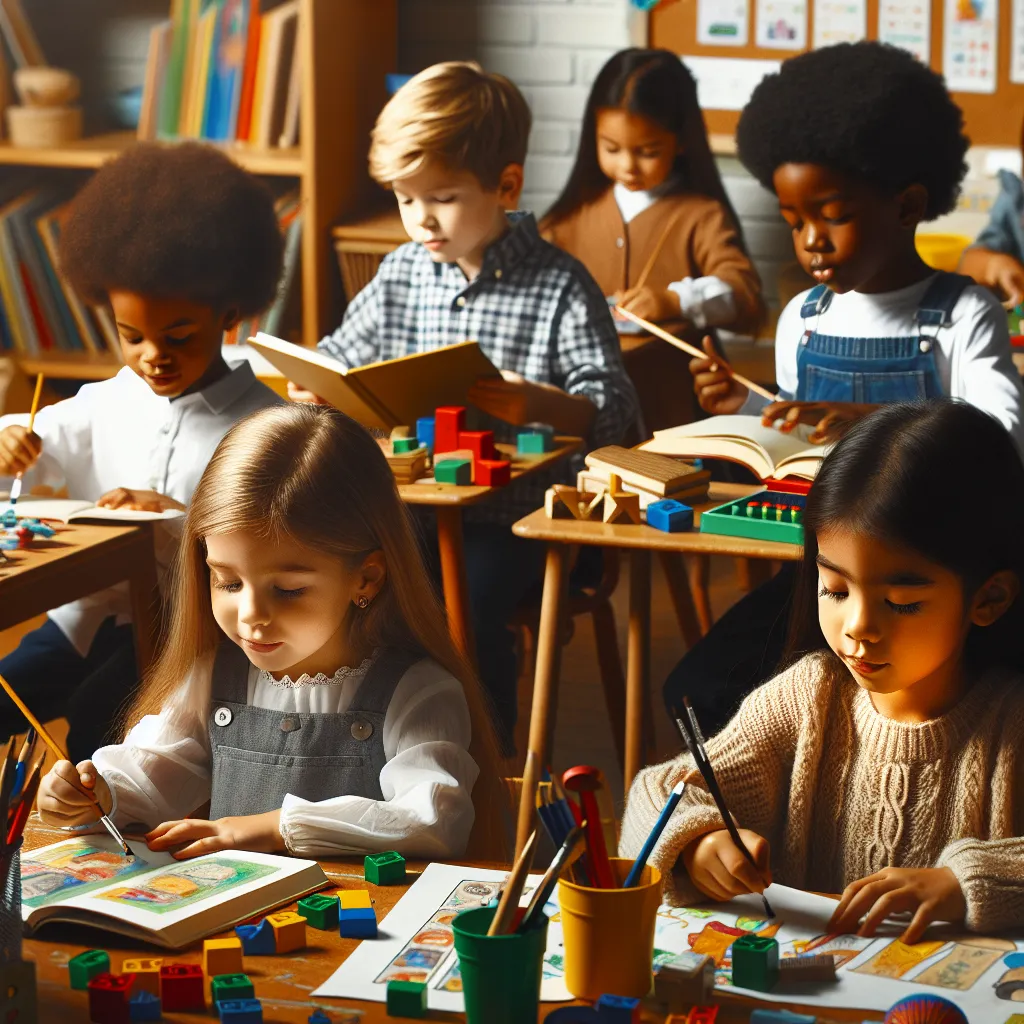Ask AI on The Internet
Question: ACTIVITY 3 “No two children are the same.” Observe one group of children in the classroom and answer the following questions: 3.1 Are all the learners the same? How do the learners differ from one another and in which ways are they the same? Provide examples to support your answer. (3) ................................................................................................................................................... 3.2 From your observations, why are the learners not the same? (1) ................................................................................................................................................... ................................................................................................................................................... ................................................................................................................................................... ................................................................................................................................................... ................................................................................................................................................... ................................................................................................................................................... ................................................................................................................................................... ACTIVITY 4 Observe a learner who experiences barriers to learning. List the aspects that you have identified in the learner's behaviour, appearance and/or conduct that may indicate possible barriers to learning. 4.1 Behaviour in class (1) ................................................................................................................................................... ................................................................................................................................................... ................................................................................................................................................... 4.2 Emotional signs (e.g., aggressive towards other learners) (1) 4.3 Appearance (e.g., neglected) (1) ................................................................................................................................................... ................................................................................................................................................... ................................................................................................................................................... 4.4 Social interaction and relationships (e.g., no friends in class) (1) ................................................................................................................................................... ................................................................................................................................................... ................................................................................................................................................... 4.5 Intellectual capabilities (e.g., very slow learner, poor language development) (1) ................................................................................................................................................... ................................................................................................................................................... ................................................................................................................................................... 4.6 Other aspects (e.g., part of a child-headed household) (1)
### ACTIVITY 3 **3.1 Are all the learners the same? How do the learners differ from one another and in which ways are they the same? Provide examples to support your answer.** No, all learners are not the same. They differ in various ways, such as learning styles, interests, and abilities. For example: - **Learning Styles:** Some children learn better through visual aids, while others prefer auditory or kinesthetic learning methods. - **Interests:** One child may be deeply interested in science and mathematics, while another may excel in arts and music. - **Abilities:** There are variations in academic abilities, with some children mastering subjects quickly and others needing more time and support. However, they are the same in ways such as: - All learners are curious and have an innate desire to explore and understand the world around them. - They all require encouragement and positive reinforcement to thrive in their academic environment. **3.2 From your observations, why are the learners not the same?** Learners are not the same because of individual differences influenced by various factors such as genetics, socio-economic backgrounds, cultural environments, family dynamics, and personal experiences. These differences manifest in their learning capabilities, interests, and social interactions. ### ACTIVITY 4 **Observe a learner who experiences barriers to learning. List the aspects that you have identified in the learner's behavior, appearance, and/or conduct that may indicate possible barriers to learning.** **4.1 Behavior in class** - **Examples:** - Frequently distracted or inattentive during lessons. - Has difficulty following instructions or staying on task. **4.2 Emotional signs (e.g., aggressive towards other learners)** - **Examples:** - Displays frustration easily, which might lead to disruptive outbursts. - Exhibits withdrawal or reluctance in participating in class activities. **4.3 Appearance (e.g., neglected)** - **Examples:** - Appears consistently untidy or unkempt. - Wears clothing that is inappropriate for the weather conditions. **4.4 Social interaction and relationships (e.g., no friends in class)** - **Examples:** - Struggles to form friendships or is often seen alone during recess. - Has difficulty engaging in group activities or collaborative tasks. **4.5 Intellectual capabilities (e.g., very slow learner, poor language development)** - **Examples:** - Requires more repetition and practice to understand new concepts. - Demonstrates limited vocabulary and struggles with language comprehension. **4.6 Other aspects (e.g., part of a child-headed household)** - **Examples:** - May come to school tired or hungry, indicating a lack of proper care at home. - Frequently misses school or comes late, possibly due to taking on responsibilities at home.
Think your answer is better than the AI's? Post it below.
Question Tags
If you want your question answered by an AI, click here.







Post your own comment: